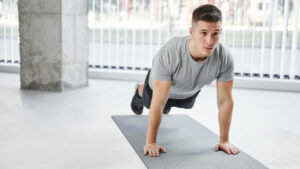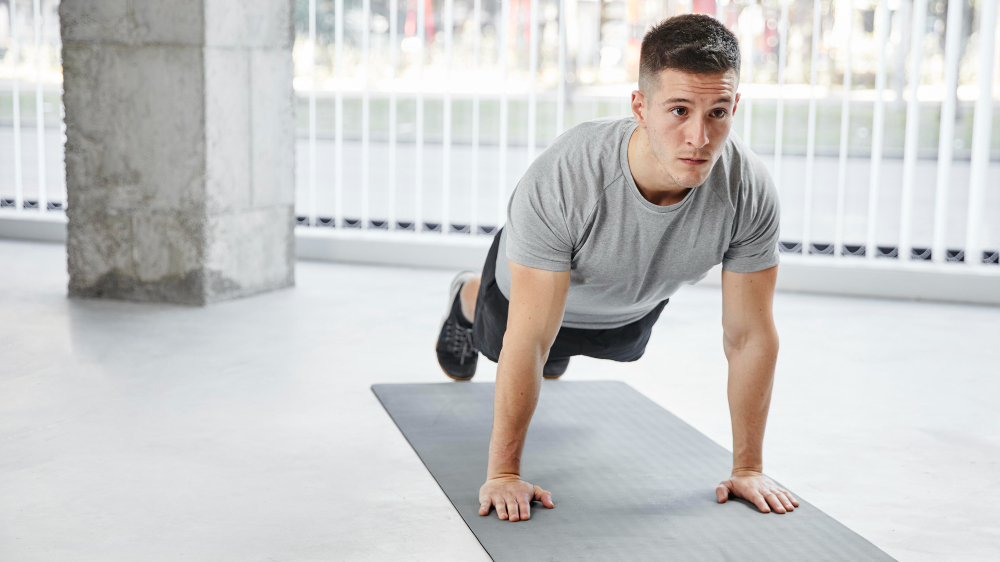We frequently fail to recognize the close relationship that exists between our bodies and minds in the hectic modern world. Inconvenience, pain, and even emotional unbalance can result from repetitive strain from regular activities, poor posture, and chronic stress. Somatic activities are useful in this situation. These movements, which are based on the ideas of somatic movement therapy, aim to promote physical relaxation and body awareness. This post will discuss the advantages of somatic exercises, explain how they function, and offer a thorough how-to guide to help you incorporate them into your daily routine for a more balanced, healthier lifestyle.
What Are Somatic Exercises?
A set of soft, deliberate motions called somatic exercises might assist increase body awareness and relieve tension in the muscles. “Somatic” is derived from the Greek word “soma,” which means “body.” By improving the mind-body connection, these exercises help people become more conscious of their movements and experiences.
The Benefits of Somatic Exercises:
Somatic exercises have many advantages, such as:
- Pain Relief: Somatic exercises, especially for the back, neck, and shoulders, can help relieve pain by addressing chronic muscle tension and enhancing movement patterns.
- Better Posture: These exercises help you stand and move more easily by improving your alignment and balance.
- Enhanced Body Awareness: By making you more conscious of your body’s actions and sensations, somatic exercises help you get a better understanding of it.
- Stress Reduction: By calming the nervous system and encouraging relaxation, somatic exercises’ attentive component helps reduce stress.
- Improved Movement Efficiency: Somatic exercises help enhance overall physical performance by retraining the body to move more effectively.
How to Include Somatic Exercises in Your Daily Schedule:
It’s easy and doesn’t require any additional equipment to incorporate somatic workouts into your regular routine. Here are some productive workouts to get you going:
Somatic Breathing:
- The goal of somatic breathing is to improve breath awareness and ease diaphragmatic tension.
Method:
- With your feet flat on the ground and your knees bent, lie down on your back.
- Grasp your abdomen with one hand and your chest with the other.
- Breathe deeply and slowly while observing the rise and fall of your abdomen with each breath.
- Breathe mostly into your lower abdomen, keeping your chest relatively motionless.
- Continue in a calm and attentive manner for another five to ten minutes.
2. Pelvic Tilts:
Goal: To alleviate the hips and lower back’s stress.
Method:
- Lay flat on your back with your feet hip-width apart and your knees bent.
Your hands should be on your hips.
- As you gradually raise your pelvis, press your lower back firmly into the ground.
- After a brief period of holding still, gradually incline your pelvis downward, forming a slight arch in your lower back.
- Repeat ten to fifteen times, paying attention to deliberate, fluid motions.
3. Shoulder Rolls:
The goal is to release the upper back and shoulder stiffness.
Method:
- Arms relaxed by your sides, take a comfortable seated or standing position.
- Roll your shoulders forward slowly in a circle.
- After performing five to ten rolls, switch roles and roll your shoulders back.
- For every movement, concentrate on letting go of stress.
4. Cat-Cow Stretch:
The goal of the cat-cow stretch is to alleviate back tension and increase spinal flexibility.
Method:
- Place yourself on your hands and knees like you’re on a table.
- Taking a deep breath, raise your head and tailbone toward the ceiling while arching your back (Cow Pose).
- Exhale, bringing your chin up to your chest and rounding your spine to assume the cat pose.
- For five to ten breaths, keep shifting between these poses while paying attention to your breathing.
5. Somatic Walking Goals:
To enhance gait and raise awareness of your walking habits.
Method:
- Place your feet hip-width apart to start.
- As you slowly change your weight from one foot to the other, pay attention to how your legs and hips move.
- Step out cautiously at first, observing the way your feet strike the earth.
- With every step, pay attention to how your hips, knees, and ankles move.
- For five to ten minutes, keep walking attentively while concentrating on fluid, easy motions.

Tips for Practicing Somatic Exercises:
- Start Slow: As you get more comfortable, progressively extend the amount of time you practice each day from a few minutes.
- Remain Aware: Pay attention to your body’s feelings and make deliberate movements. Do not rush through the workouts.
- Pay Attention to Your Body: Observe how your body feels both during and following each workout. Any movements that hurt or create discomfort should be changed or avoided.
- Practice Often: To get the most out of somatic exercises, consistency is essential. Make practicing a daily or many times a week goal.
Conclusion:
Somatic activities are a gentle yet powerful technique to release stress, increase overall well-being, and strengthen your body-mind connection. You can feel more at peace, have less pain, and become more aware of your body by making these exercises a regular part of your routine. These exercises offer a useful tool for reaching a better, more balanced existence, regardless of your experience level with somatic movement.
Like this:
Like Loading...


